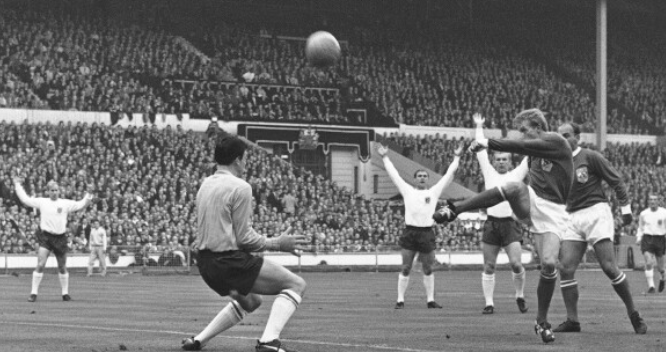Deaths During Football Matches-Football brings millions of people together and creates passion, community, and special memories. But sometimes, the joy of the game has turned into sadness because of deadly accidents. This blog takes a serious look at past football tragedies, what caused them, and how the sport has changed over time to focus more on safety and honoring those who were lost.
1. A Sobering Introduction
Football is loved for its teamwork and competitive spirit, but big events have sometimes ended in tragedy. Over the years, there have been terrible accidents that showed how hard it can be to manage crowds, keep stadiums safe, and respond to emergencies. These sad events remind us that every match must also focus on keeping fans, players, and staff safe.
2. Historical Incidents That Shook the World
Hillsborough Disaster (1989)
One of the most well-known tragedies in football history, the Hillsborough disaster occurred during an FA Cup semi-final in Sheffield, England. Poor stadium design, inadequate crowd control, and overcrowding led to a catastrophic crush that claimed the lives of 96 fans. This event not only devastated families but also ignited a complete overhaul in safety standards across stadiums worldwide.
Heysel Stadium Disaster (1985)
During the European Cup final in Brussels, tensions between rival fans resulted in a wall collapse that caused the deaths of 39 spectators. The Heysel disaster led to a long-standing ban on English clubs from European competitions and triggered significant changes in stadium safety protocols.
Other Notable Tragedies
Numerous other incidents—from structural failures to uncontrolled crowd surges—have occurred over the years in different parts of the world. Each tragedy served as a stark reminder of the potential dangers of hosting large-scale sporting events without stringent safety measures.

3. Contributing Factors and Common Causes
Overcrowding and Poor Venue Design
Many fatal incidents were linked to stadiums that were not designed to handle large crowds safely. Inadequate exit routes, poorly maintained structures, and outdated facilities often exacerbated the risks during emergencies.
Ineffective Crowd Control Measures
Lapses in crowd management, such as insufficient security personnel and lack of real-time monitoring, have frequently contributed to disastrous outcomes. The absence of clear communication during crises can lead to panic and chaos, intensifying the situation.
Delayed Emergency Response
In several cases, the failure to provide prompt medical and logistical assistance during an emergency has increased the loss of life. These incidents underscore the need for comprehensive emergency response plans at all sporting venues.
4. The Impact on Safety Regulations and Stadium Design
A Paradigm Shift in Safety Standards
In the wake of these tragedies, football governing bodies and local authorities around the world initiated extensive reforms. Modern stadiums are now built with safety as a top priority, incorporating:
- Improved Crowd Flow Design: Wider exits, segregated seating, and clearly marked emergency routes.
- Advanced Surveillance and Communication: Real-time monitoring systems that help manage crowd behavior and alert authorities to potential hazards.
- Regular Safety Audits and Drills: Ensuring that emergency protocols are up-to-date and that both staff and fans are well-prepared for unexpected events.
Legislative and Organizational Changes
Major disasters led to the establishment of stricter regulatory frameworks and the introduction of independent oversight committees. These measures have not only improved safety standards in football but have also influenced event management practices in other large-scale gatherings.
5. Memorials, Remembrance, and the Human Element
Honoring the Lost
Memorials and tributes at stadiums and in communities worldwide serve as a reminder of those who lost their lives during these tragic events. Annual remembrances ensure that the lessons learned are never forgotten and that the sacrifices made are honored with dignity.
The Role of Advocacy
Survivors, families of victims, and dedicated advocates continue to push for even higher safety standards and accountability in stadium management. Their voices are a crucial part of the ongoing conversation about how to make sports events safer for everyone.
6. Conclusion: Learning from the Past for a Safer Future
The deaths that happened during football matches are some of the saddest moments in the sport’s history. But these tragic events have helped change how matches are planned, with safety now being the top priority. Even though we can’t take away the pain, the changes in safety rules and stadium design show football’s strong commitment to protecting everyone.
As fans and part of the football community, remembering these moments isn’t just about feeling sad—it’s also about making sure every match is safe and joyful. What do you think about how safety has improved in sports stadiums, and how can we make it even better? Share your thoughts in the comments.
To Read more amazing articles like this one please click the below link
The Rise of Female Fighters in UFC
The Growth of Women’s Football

yea